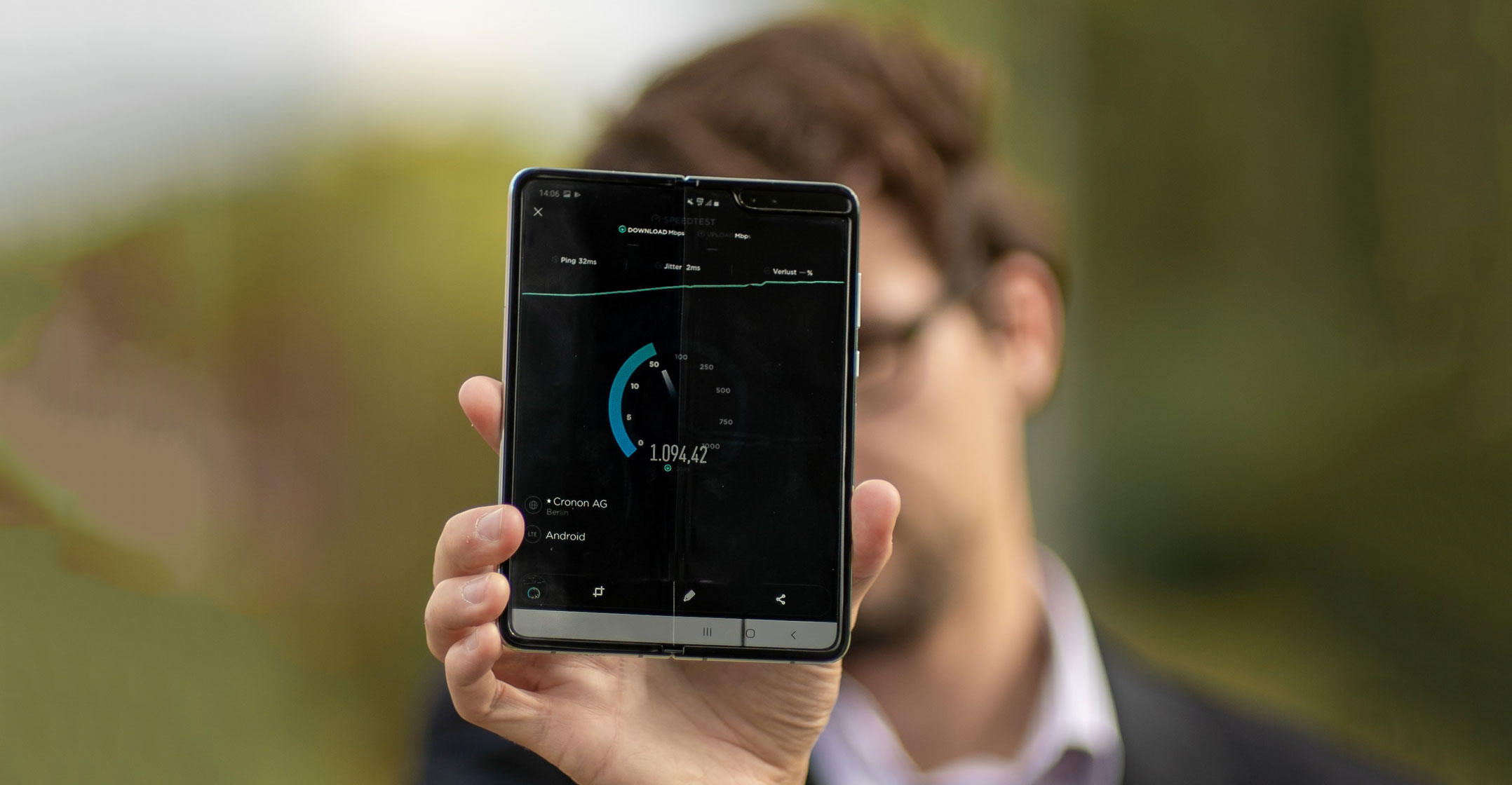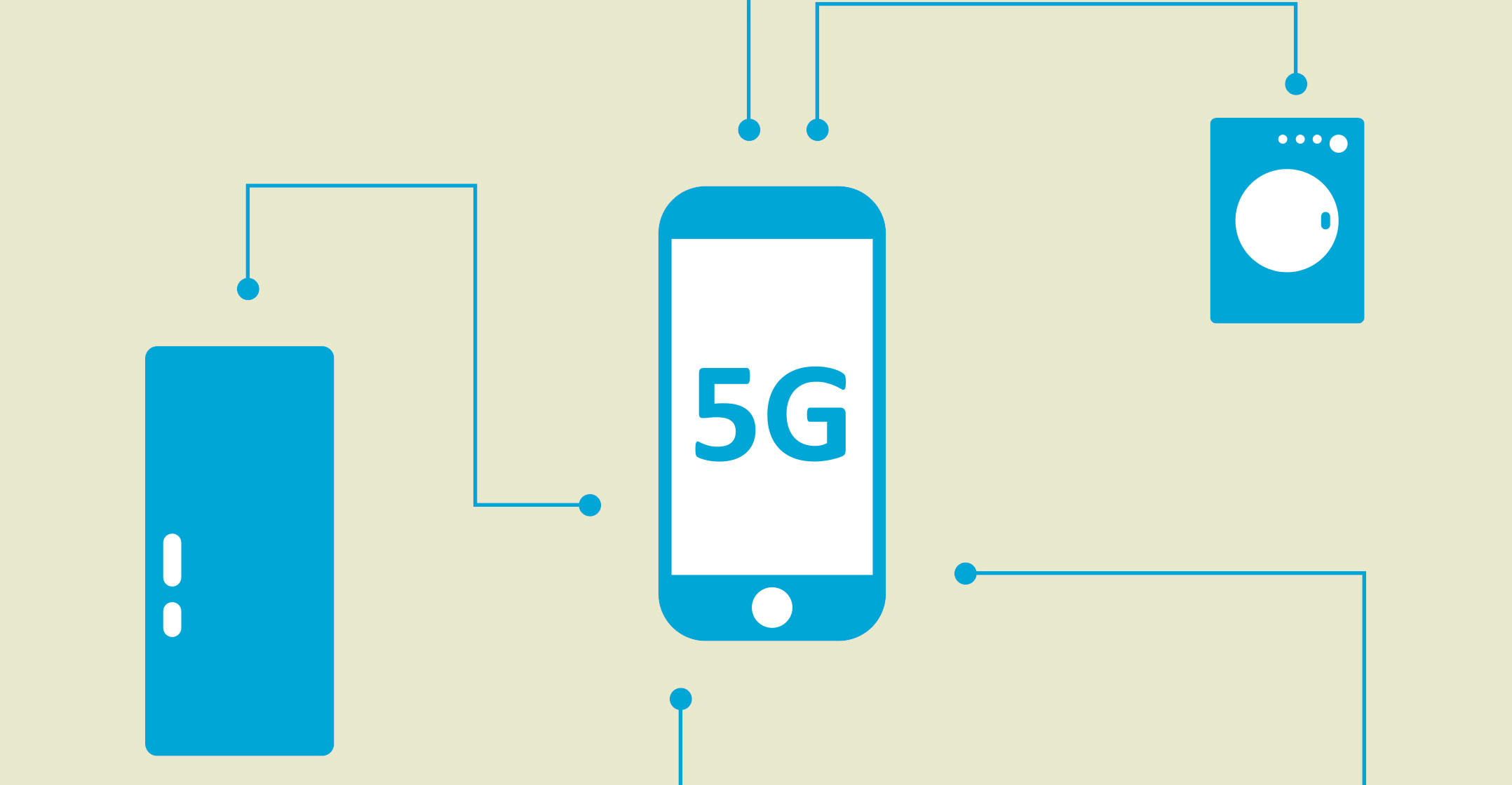 The US ban on Huawei Technologies was supposed to hand leadership of the lucrative market for wireless base stations to Ericsson and Nokia. It’s not working out that way.
The US ban on Huawei Technologies was supposed to hand leadership of the lucrative market for wireless base stations to Ericsson and Nokia. It’s not working out that way.
The crackdown on China’s largest technology company has given start-ups such as Altiostar Networks and new entrants including Qualcomm a rare opportunity to grab a slice of the US$35-billion the telecommunications industry spends each year on this crucial part of mobile phone networks.
“This could break up that tech vendor lock-in that’s been around for decades,” said Andre Fuetsch, chief technology officer of network services at AT&T, the third largest US wireless carrier. “It’s about how do you create a much more competitive, innovative ecosystem.”
Base stations are the heart of cellular networks, powering millions of antennas that perch on cell towers and city rooftops all over the world. Until recently, these boxes were a proprietary combination of processors and software that had to be purchased all at once. Huawei, Ericsson and Nokia account for three quarters of this market, which is worth as much as $35-billion/year, according to researcher Dell’Oro Group.
Open radio access network, or O-RAN, changes this by creating an open standard for base station design and ensuring all the software and components work well together — no matter who is supplying the ingredients.
Specialisation
This is a potentially radical shift. When telecoms giants such as AT&T and China Mobile want to expand their network they usually have to call their existing supplier and order more of the same because a box from Nokia won’t work with one from Ericsson. The new technology lets wireless carriers mix and match more easily.
The initiative also means that new suppliers can succeed by focusing on one or two components, or a single piece of software, rather than spending lots of time and money building a whole base station from the ground up.
O-RAN gear has been used sparingly since an industry alliance was formed to promote the technology in 2018. But when the US toughened its stance against Huawei last year and encouraged other countries to crack down, interest in O-RAN adoption increased. The Chinese tech giant is a low-cost provider. Now it’s unavailable in some markets, carriers are more willing to look at alternative suppliers embracing the more flexible O-RAN approach.
 “Increased geopolitical uncertainty is helping them to get an invite to the table they would not normally have had,” Dell’Oro Group analyst Stefan Pongratz said. “Multiple vendors, not just in Europe but across the world, are basically reassessing their exposure to Huawei.”
“Increased geopolitical uncertainty is helping them to get an invite to the table they would not normally have had,” Dell’Oro Group analyst Stefan Pongratz said. “Multiple vendors, not just in Europe but across the world, are basically reassessing their exposure to Huawei.”
Open standard base stations will generate sales of about $5-billion in the next five years, more than originally predicted, according to Dell’Oro.
Ericsson questions the performance and cost efficiency of current O-RAN offerings. But the telecoms companies, who decide where the money is spent, aren’t being shy about telling incumbent providers to get on board or risk being left behind.
“We’ve been candid with them: This is the architecture that the operator community is pursuing,” said Adam Koeppe, who oversees technology strategy, architecture and planning at Verizon Communications, the biggest US wireless carrier.
The list of companies vying to fill the gap left by Huawei is a mixture of some of the oldest names in technology and newcomers. Qualcomm, Intel, Hewlett Packard Enterprise, Dell Technologies, Cisco Systems, Fujitsu and NEC are offering various parts of the new base station technology. Start-ups such as Altiostar, Airspan Networks and Mavenir Systems are trying to carve out niches, too.
O-RAN overhaul
O-RAN proponents point to the success of Rakuten, a Japanese e-commerce provider that has used the technology to break into mobile phone services. The company began 4G wireless service in April and is upgrading to 5G now, using O-RAN suppliers including NEC, Qualcomm, Intel, Altiostar and Airspan. Rakuten said using this more open approach has cut capital expenditure by 40% and reduced operating costs 30%.
Dish Network is building a 5G wireless network in the US with help from Altiostar. New projects like this are great, but the real opportunity is with operators that are shifting their existing networks to O-RAN, according to Thierry Maupilé, Altiostar’s executive vice president of strategy and product management. The Tewksbury, Massachusetts-based company has raised more than $300-million from investors such as Rakuten, Qualcomm and Cisco.
O-RAN is part of a broader push to make all kinds of computer networks more flexible and easy to control. By standardising hardware and using more software in centralised data centers, companies can run networks more cheaply, while fixing and upgrading them more easily. 5G will need this flexibility to work well.
 For AT&T, the new approach has already started to help. The company has introduced Samsung equipment based on O-RAN in areas where it had previously been limited to Ericsson gear, AT&T’s Fuetsch said.
For AT&T, the new approach has already started to help. The company has introduced Samsung equipment based on O-RAN in areas where it had previously been limited to Ericsson gear, AT&T’s Fuetsch said.
Nokia expects to have a full range of O-RAN offerings available in 2021. Some of the final standards aren’t yet set and they need to be completed and tested which will take time, according to Sandro Tavares, global head of marketing.
“O-RAN is supported by more than 20 major operators around the world, so it is pretty clear that there is a strong push for it to happen,” he said. “This is a big move for our industry, and it is clear for the main players that we should not be cutting corners in this process.” — Reported by Ian King, (c) 2020 Reuters

